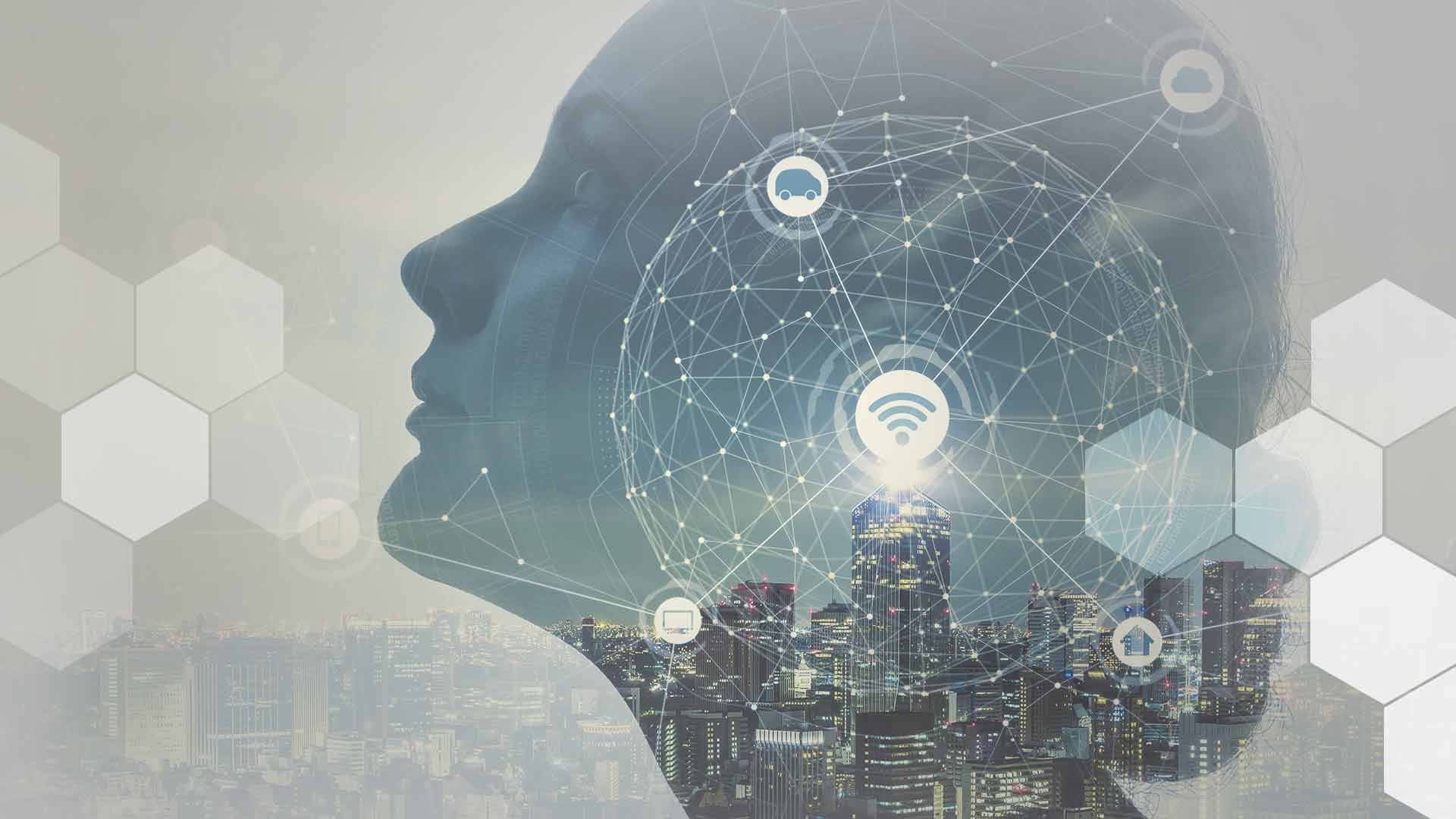Contact center tech is changing all the time. Like, right now, while you’re reading this, another innovation just popped into existence. Probably.It’s no wonder, considering just how fast the industry is growing. The stats speak for themselves. Contact centers create millions of jobs around the world – jobs enough for 4% of the UK population and 8% of Philippines’ GDP.
So you’re not alone if you’re wondering what all this technological change will mean for those who actually tend the phones. Last year The Economist predicted that artificial intelligence would consume contact centers entirely, effectively placing all those millions of jobs at risk.
But what is the likelihood of this actually happening?
Hint: let’s not get too worked up just yet.
First, what’s changing?
A lot.
In an ever-more-competitive world, contact centres are always on the lookout for ways to increase efficiency. Software helps fulfil this need by taking on many of the tedious tasks previously performed by human staff – tasks such as updating CRMs and handling basic online chat. Yep, that little avatar of Kimberly asking if you need help isn’t Kimberly at all. There is no spoon Kimberly. Move on.
Contact center mainstays are also seeing significant changes. Automatic call distributors recognize voice prompts to route calls correctly first time these days, while voice response is being increasingly utilized in automated menus to provide customers with the information they need without ever connecting them to an agent. It’s like Inception, but with menus.
And yeah. Anyone familiar with what we do will know that cloud-based systems are shaking things up in a big way.
The pros of machine learning
There’s no doubt about it – AI is a big deal in pretty much any field you can think of. And in contact centres, it’s an absolute game-changer. But that doesn’t mean it’s going to replace humans entirely.
Let’s break down some of the contact-center tasks well suited to machine learning.:
- Authentication – voice recognition can guard against identity theft and improve customer experience by speeding up identity validation.
- Sentiment analysis – though they’re still exasperatingly prone to error, machine-learning algorithms can spot the behavioural markers of fraud, give you a heads-up when customers are unhappy, and assist with quality assurance tasks, and even point out a lead who’s ready to buy.
- Workforce management – instead of shuffling spreadsheets until your head explodes, you can now rely on learning systems to tell you when you should increase the number of agents on duty or when you can cut back.
- Knowledge augmentation – the latest breed of expert systems can help document the decision-making processes of your very best agents and then help the rest to do the same.
- Simple query automation – with voice-interface software (think Siri and Alexa), it’s possible to offload countless mind-numbingly simple, repetitive tasks onto the broad shoulders of tech, freeing agents to do more complex tasks.
- Trend identification – thanks to the masses of data we have access to, now’s the best time for profound interpretations. We need deep learning to help us arrive at those interpretations, though: there’s just too much information for humans to wade through.
- Data compression – strange as it may seem, it may turn out that having a machine learn how you speak will be the key to revolutionising data transmission. Because it’s far less data-intensive to send the rules for reconstructing speech than it is to send the actual speech.
As you can probably tell, none of these things points toward the obliteration of humans in the contact centre. Indeed they hint at the opposite – they speak to assistance more than anything, to helping cover our blind spots and eradicating the points we hate most about our jobs.
But there’s another reason for trusting that real people won’t be going anywhere soon.
The human touch is still important
Do the words, ‘Can I speak to someone in charge?’ sound familiar?
Dealing with other humans is an utterly central part of the customer experience. Not only does speaking to another (empowered and empathetic) person reduce stress levels, but a perceptive agent understands a client’s tone and needs better than any robot can.
And without all the boring tasks and admin eating away at their time, an agent can instead focus on having a more rewarding conversation, delivering a slick sales pitch and delighting their customers. In other words, that super-agent dream everybody has? It just won’t happen without machine learning.
Also, well, sometimes all it takes is a friendly voice asking, ‘Is there anything else I can help you with today?’ to exceed someone’s expectations.
The best of both worlds
Improved contact centre technology is definitely not a bad thing. No one will argue that some things are just better handled by a computer, whether it’s capturing and interpreting data, processing information, or transmitting between other devices.
For customer service, however, nothing beats the human touch. And deep learning’s most enticing promises involve making that human touch far warmer and more personal.
Who wouldn’t want a slice of that?
